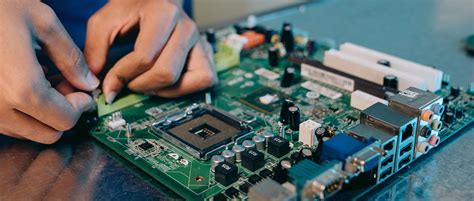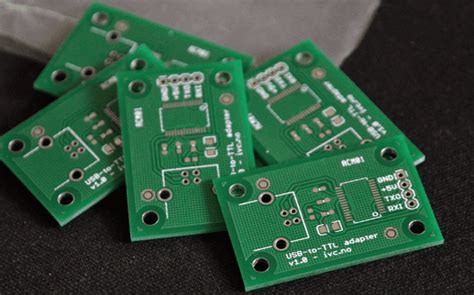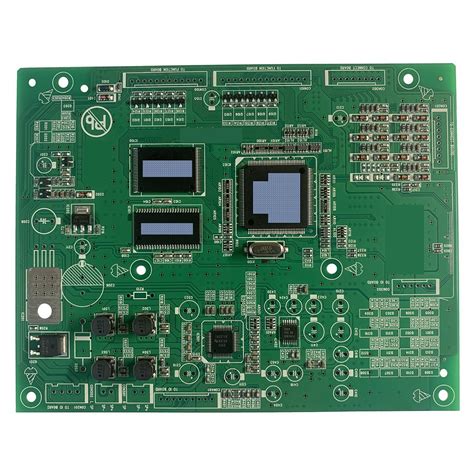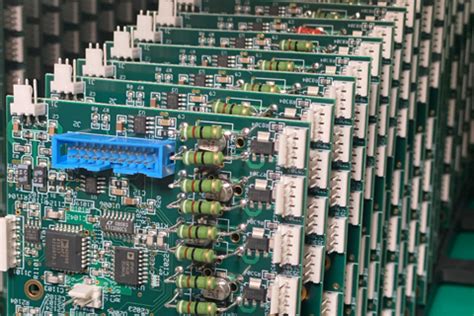Detailed explanation of what is EMI shielding
As an electronic engineer, noise and radiation are everywhere. As an electronic designer, you must master the knowledge of EMI electromagnetic shielding, and this knowledge and solutions will be widely used to improve the equipment from external electromagnetic interference.
Sources of interference radiation Maxwell’s equations show that whenever current flows through a conductor, a magnetic field will be generated, and the magnetic field will generate an electric field.
The radiation characteristics of electric and magnetic fields are called radiated emissions. These radiated emissions will cause some problems in the circuit or the entire printed circuit board (PCB).
In an ideal circuit, the signal emitted by the circuit itself only includes current and voltage, but in the real world, noise is an unavoidable problem. This happens when the circuit signal is interfered with by anything. Due to the nature of electromagnetic signals, the existence of noise cannot be avoided, but its impact can be greatly reduced.
It should be noted that the device will not be affected by other devices when it is running, just as the device will not be affected by other devices. Electromagnetic susceptibility is the ability of the circuit system to remain normal when interfered with. This sensitivity will depend on the level of noise applied, and different applications such as automotive, medical, military and other fields have different degrees of magnetic susceptibility. Each circuit, device or system must be properly designed to minimize the radiation level to achieve sensitivity only to high levels of electromagnetic fields.
With the rapid popularization of modern electronic devices, interference related to electromagnetic interference is also increasing.
For example: WiFI, chargers, induction cookers, electric fans, etc., which we use daily, all generate electromagnetic interference (EMI), electronic noise and radio frequency interference (RFI), which may have adverse effects on sensitive components, ranging from small temporary failures and data loss to permanent system failures. Therefore, electromagnetic shielding is used to control the magnetic and electrical energy released from a device when interacting with a device. EMI shielding can effectively prevent destructive waves from damaging sensitive components.

Detailed explanation of what is EMI shielding
1.The main cause of EMI
Electromagnetic interference (EMI) is interference caused by current and voltage changes caused by three sources.
(1)Natural electromagnetic interference
In nature, natural EMI can be generated by lightning on the earth or high-energy cosmic rays in space. Here, humans do not participate in the generation of EMI. They all occur due to weather changes such as blizzards, rain, thunderstorms, and other natural phenomena (such as solar radiation and cosmic noise) can also generate EMI. It is worth noting that natural EMI actually has little effect on modern electronic devices.
(2)Man-made EMI
All human-made electrical devices release man-made EMI, which causes interference when two signals are close to each other or multiple signals meet at the same frequency. When the device comes into contact with EMI, this will hinder the normal operation of the device. This type of EMI is mainly found in devices such as generators, igniters, radio transmitters, power lines, telephones, motors, etc., and the EMI caused by such devices and devices is usually relatively high.
(3)EMI of the electronic device itself
In the case of inherent EMI, the electromagnetic interference released from the device itself can easily pass internally. These internally generated noises are usually caused by the thermal agitation caused by the current passing through electronic components such as resistors.

2.The importance of EMI shielding
With the development of technology, electronic products have become an indispensable part of daily life, and electromagnetic interference or signals are increasing. These invisible signals come from various places, and some have caused serious interference. These EMI signals may have a negative impact on other vulnerable components in the device and surrounding equipment, which may cause various problems in the device, such as performance degradation or even permanent damage. Now, it is more difficult to limit the electromagnetic pollution generated by small-sized components that run at faster speeds. To protect the components, proper shielding is required to ensure the safe operation of the system. Therefore, it is very important to use EMI shielding to protect the system from intentional and unintentional interference.

3.EMI shielding materials
The materials selected for EMI shielding should have certain electromagnetic properties, such as absorbing or deflecting radiation emitted by electronic equipment and communication instruments. Generally, shielding with absorptive properties is more effective because it is safe for the environment. Lightweight and non-invasive materials are the first choice for EMI shielding. Heavier materials can cause problems that hinder the normal operation of the equipment.
Some typical materials used in EMI shielding: tinned steel, carbon steel, copper (copper alloy 770), aluminum, nickel, zinc, nickel silver, etc. Among these materials, tinned steel is the most widely used because of its low cost. From the low frequency kHz range to the low frequency GHz range, it is an ideal choice.
Copper is the most reliable and effective material for attenuating or absorbing electromagnetic radiation. Copper Alloy 770 (also known as 770 Alloy) is made of copper, nickel, and zinc. It is specifically used in EMI shielding applications that require corrosion resistance. In addition, aluminum is also a material used for EMI shielding because of its various properties, such as high electrical conductivity and appropriate strength-to-weight ratio. Aluminum is also a non-ferrous metal in nature, however, aluminum does exhibit some undesirable characteristics, such as poor weldability and is very susceptible to electrical corrosion and oxidation.
4. Application Areas
Nowadays, the unprecedented growth of mobile wireless communications and electronic devices has forced manufacturers to protect their products from interference from harmful radio frequencies.
(1)Automotive Industry
The rapidly changing automotive industry has led to a new wave of electric and autonomous vehicles around the world. These vehicles are equipped with advanced features such as in-vehicle GPS navigation systems, touch screen systems, Bluetooth, hands-free systems, etc. The advanced electronics in these vehicles pose challenges in dealing with EMI. Therefore, electric and autonomous vehicles have a higher demand for EMI shielding than traditional vehicles.
(2)Telecommunications
The global telecommunications industry is developing rapidly with the popularity of smartphones and the launch of technologies such as 5G. The components and base stations used require strong protection to ensure smooth data transmission to and from consumers.
(3)Security
EMI shielding has become one of the important technologies in the field of security. It is commonly used as a protective layer for important electronic equipment, control panels, etc., which helps protect sensitive components. The quality of EMI shielding is very important to resist strong interference.
(4)Aerospace
With the continuous development of the aerospace industry, it has become very important to reduce the sensitivity of equipment to EMI. Therefore, the application of EMI filtering materials in the aerospace industry will also increase.







